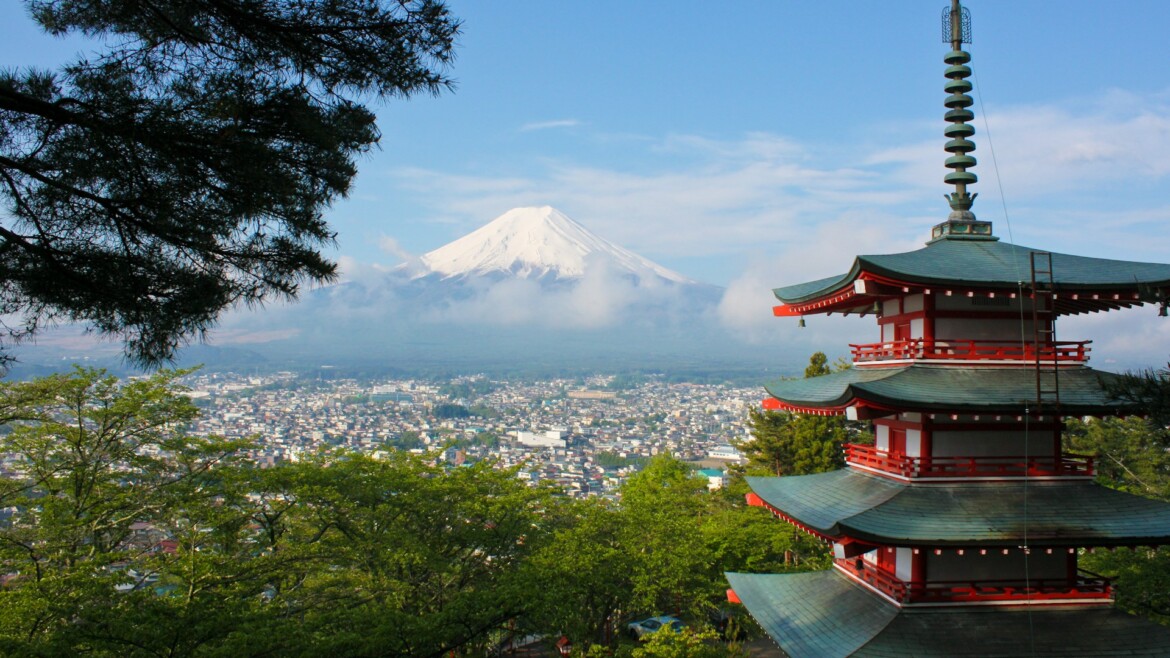Discover Japan’s Vibrant Festivals & Unique Traditions
Japan is a country where ancient traditions seamlessly blend with modern life, and one of the best ways to experience its rich culture is through its festivals. From breathtaking fireworks displays to centuries-old rituals, Japan’s festivals (matsuri) offer visitors a deeper connection to its heritage. Whether you’re watching cherry blossoms in Kyoto or dancing at a summer festival in Tokyo, here’s your guide to Japan’s most spectacular cultural celebrations and traditions.
1. Gion Matsuri – Kyoto’s Grand Festival
When: July
Where: Kyoto
Gion Matsuri, dating back to the 9th century, is one of Japan’s most famous festivals. The highlight is the grand Yamaboko Junko parade, where massive, intricately decorated floats glide through Kyoto’s streets. Locals dressed in traditional yukatas celebrate with street food, music, and lantern-lit processions.
2. Hanami – Cherry Blossom Viewing
When: March–April
Where: Nationwide (Tokyo, Kyoto, Osaka)
Hanami (flower viewing) is a cherished spring tradition where friends and families gather under blooming cherry trees for picnics and celebrations. Parks like Ueno in Tokyo and Maruyama in Kyoto come alive with lively gatherings, food stalls, and illuminated night sakura.
3. Tanabata – The Star Festival
When: July 7 (or August in some regions)
Where: Sendai, Tokyo, Osaka
Tanabata celebrates the annual meeting of two celestial lovers, Orihime and Hikoboshi, separated by the Milky Way. People write wishes on colorful paper strips (tanzaku) and hang them on bamboo trees, creating a magical atmosphere across Japan.
4. Awa Odori – Japan’s Largest Dance Festival
When: August 12–15
Where: Tokushima
Awa Odori is a lively dance festival where performers in traditional happi coats and straw hats parade through the streets, chanting and dancing to the rhythm of drums and flutes. It’s an experience filled with energy and joy, inviting both locals and visitors to join in.
5. Shichi-Go-San – Celebrating Children’s Growth
When: November 15
Where: Nationwide (Shrines across Japan)
A special day for families, Shichi-Go-San celebrates the well-being of children aged 3, 5, and 7. Dressed in elegant kimonos, children visit Shinto shrines with their parents to receive blessings and long-life wishes from priests.
6. Oshogatsu – Japanese New Year
When: December 31–January 3
Where: Nationwide
Oshogatsu (New Year) is Japan’s most important holiday, marked by family gatherings, temple visits, and traditional osechi cuisine. The first shrine visit of the year (hatsumode) is a common custom where people pray for good fortune.
How to Participate in Japanese Festivals
- Dress the part: Many festivals encourage visitors to wear traditional attire like yukata or kimono. Rental shops are available in major cities.
- Respect traditions: Whether it’s writing wishes on tanzaku or bowing at shrines, understanding festival etiquette enhances your experience.
- Try local food: Festivals are perfect for tasting Japanese street food, from takoyaki (octopus balls) to taiyaki (fish-shaped pancakes).
- Join the fun: Some festivals, like Awa Odori, allow tourists to participate in dance parades, making for a truly immersive experience.
Final Thoughts
Japan’s festivals are more than just events; they’re windows into the country’s deep-rooted traditions and vibrant community spirit. Whether you’re admiring cherry blossoms, dancing in a summer parade, or witnessing New Year rituals, every festival offers a unique and unforgettable cultural experience. So, pack your bags and immerse yourself in Japan’s extraordinary world of festivals!


